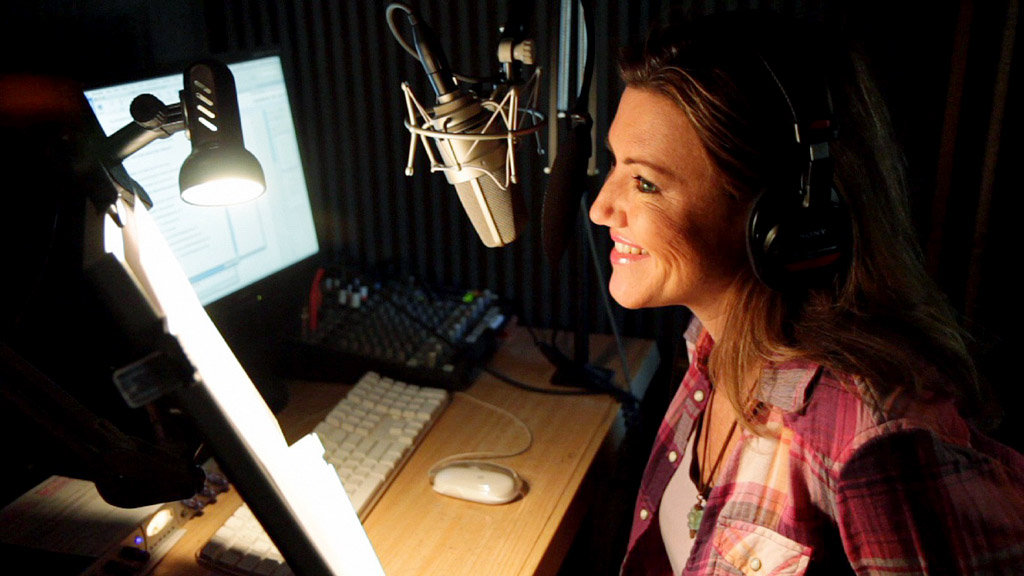Voice overs can be a powerful tool to help tell your story. The key to great voice work is audio clarity, pacing, and proper pronunciation.
Creating a natural sounding voice over isn’t easy. But it’s easier with the right guide. Follow this DIY manual or use Biteable’s all-in-one video maker to streamline the process.
Script Writing
Creating a script that makes sense to speak can be tricky. People tend to write differently than they talk, and it can take a lot of revisions to get something that sounds natural. It’s also helpful to practice the voiceover in front of a mirror, so you can see where there are issues with clarity and pronunciation.
Taking a few test recordings is also a good idea to find the right balance of volume, projection and pacing. Aim for a measured pace, avoiding the use of fillers such as “um” and “like.” Also, make sure to enunciate words. Using the “th” sound in particular can help your listeners understand what you mean.
Another important consideration is breathing properly during recording. Big, audible breaths can be distracting and jarring to the audience, so it’s best to take small, controlled breaths and move your chest with each one like a singer would. This can help you sound more energetic and engaging.
Recording
In order to record a high-quality voiceover, you need to practice. Some people are naturally better at speaking in front of a microphone, but everyone can improve with persistence. Start with a simple vocal warm-up routine, like singing in the mirror or talking to yourself in a quiet place. Then, pay attention to the inflections in your voice (the variation in pitch from high to low). It helps keep audiences engaged and makes the words sound more natural.
You can also add a pop filter to your microphone to reduce ‘popping’ noises while recording. Lastly, make sure to stay hydrated during your recording session. Recording in a dry or throaty voice can sound unpleasant and monotonous. Getting feedback is also important, as it can help you identify and improve your weaknesses. So, show your finished video to a few friends or colleagues and ask for their honest impressions. Then, take their opinions into consideration and keep practicing.
Editing
A high-quality voice over will add a sense of professionalism and context to your video. It will also help to create a more personal and engaging experience for your audience.
Before recording your voiceover, make sure to write out a script. This will give you an idea of how long to talk and what to say. It will also be useful when matching the audio to the video later on.
If possible, record your voiceover in a quiet environment with no background noises. You can also try to get closer to the microphone to improve the speech-to-noise ratio. But be careful not to overdo it!
To edit your voiceover, use an audio editor. You can either record your voiceover directly into your video editing program or upload a pre-recorded audio file. To create a high-quality sound, use an audio EQ to adjust your voice recording. For example, you can boost the low end or cut the high mids to make your voice more clearer.How to do do voiceovers

